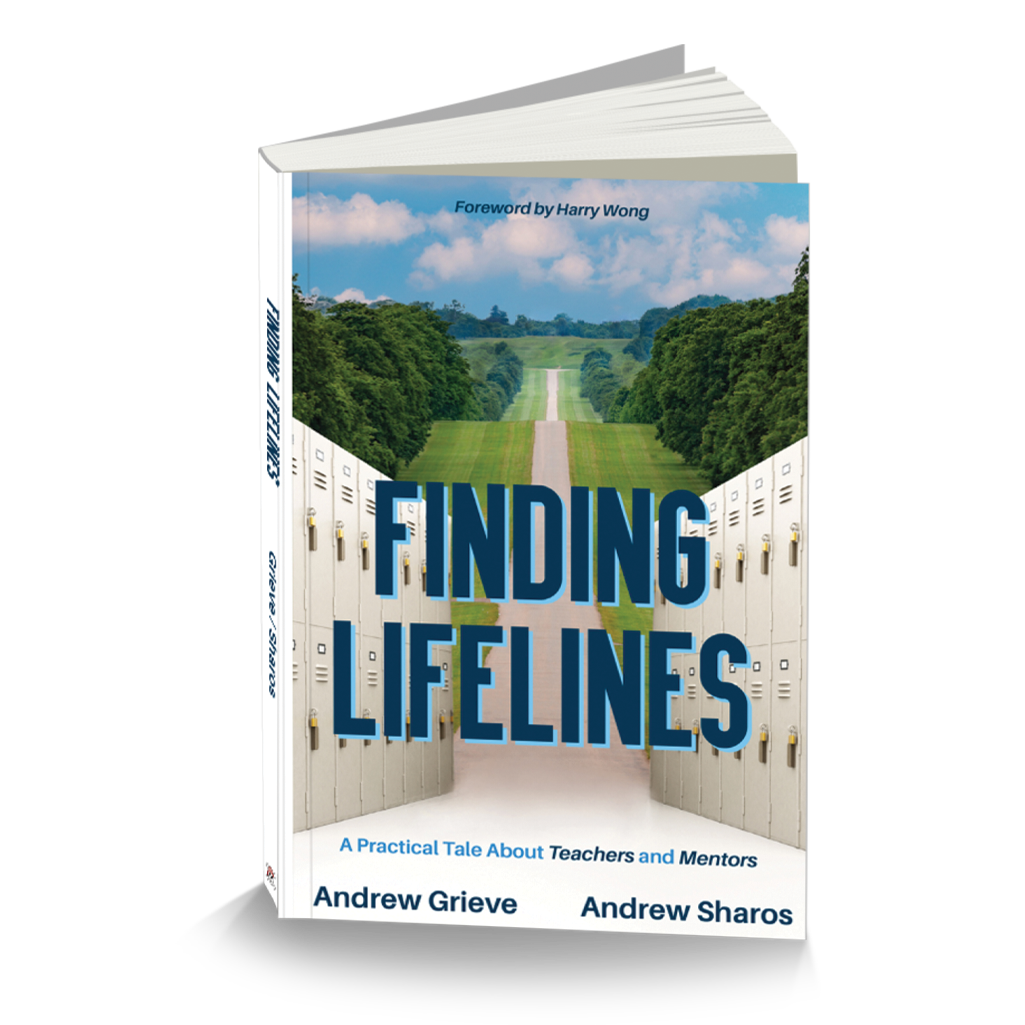Just a few miles above our place in Keauhou on the Big Island of Hawaii, there is a small town called Holualoa known for its Kona coffee bean farms and as an art enclave. The small main street of town has lots of unique and wonderful art shops and galleries and it is one of our favorite places to browse and poke around; occasionally adding an item to our collection.
On yesterday’s trip, we had two very different experiences in stores that were literally right next to each other. The vibes...the energy...could NOT have been more different.
As soon as I walked in the first store I immediately said to Shelley, “Oh, this is the negative sign store. I hate this place.” Sure enough...it was. There were literally small hand-written signs all over the store with messages wreaking of bad attitude, condescension, and negativity.
“You break it...you buy it.”
“Do NOT touch."
“Respect our art. Don’t touch.”
“Ask for assistance. Broken is bought.”
I am not talking a few places...I am talking throughout every display in the entire store. Basically the vibe was, “We don’t trust you.” “We believe you to be likely disrespectful” “We expect you will carelessly break things” “We don’t think you understand basic art gallery etiquette.” “We also think you may have short term memory problems, and are possibly stupid, so we will put these same messages 100 places to be sure.”
Our greeting? A cursory hello from behind a huge counter where the owner could hardly be seen and from which she never moved or uttered another word. I couldn’t get out soon enough. My desire to spend money in the store? Exactly zero. Unthinkable.
We walked into the next store. Night and day.
Warm greeting. Out and easily visible. She asked us where we were from and if we knew about the art style of the gallery and how the pieces were made. She showed us photos of the techniques and then let us browse and ask any questions we may have. ZERO signs about breaking and buying. And...most of the pieces were more expensive than the previous store. There was an air of mutual respect and sincere interest.
Did we buy anything on this day? No.
Will we eventually buy something in this store. Undoubtedly.
As we continued to shop in Holualoa, we were consistently met by lovely people, wonderful interactions, and a great vibe of aloha. It’s why we come back. It’s why we are customers of several of the shops. In most shops, we were treated as patrons of the arts and fellow humans with a deep appreciation of local Hawaiian artists and their inspiring work.
What do students, parents, and visitors experience when they walk in your school? What does the signage say about how you feel about people who come there? Who greets people? Who answers your phones and how are callers greeted and assisted? (Read Shelley’s powerful post, Start By Picking Up the Phone RIGHT HERE) Are calls and visitors treated as distractions and nuisances? Is there an overwhelming vibe of:
HERE ARE THINGS YOU CAN'T DO HERE.
WE DON’T TRUST YOU.
WE EXPECT YOU TO DO BAD THINGS.
DON'T INCONVENIENCE US.
Or, is there an uplifting spirit and a vibe of “We’re glad you’re here today!” Does your signage seek to encourage and inspire positive behavior choices instead of intimidating and warn against negative choices? Does it make people feel respected and welcome? Does it seek to empower a spirit of inclusivity? What is the first impression people get as they enter your campus, your office, and your classrooms?
Have you ever looked at it from the standpoint of someone coming for the first time and who knows nothing about the culture of your system, school, or class?
How can we transform our physical environment, the consistent interactions we have, and the customer service we provide to truly reflect our values and our mission?
Everything speaks.
I walked into two stores yesterday.
The doors were less than 20 feet apart.
The experience? Light years apart.
It matters.
PS: I love parable-styled books along the lines of Jon Gordon books such as The Energy Bus so it is with great excitement that I tell you we just released our second one!!! Finding Lifelines: A Practical Tale about Teachers and Mentors by Andrew Sharos (author of All 4s and 5s: A Guide to Teaching and Leading Advance Placement Programs) and Andrew Grieve have written a wonderful story that will resonate with all educators as they strive to thrive in this super tough profession. We are also honored to include a foreword written by Harry Wong!!! Let us know what you think using the #FindingLifelines hashtag on social media. Throw in #dbcincbooks and we will be sure to see it!
PSS: Teaching is a tough business. If you or anyone you know is struggling, grab a copy of Finding Lifelines and let it be the start of a path forward. You can learn more and get a free preview RIGHT HERE. Thanks!





